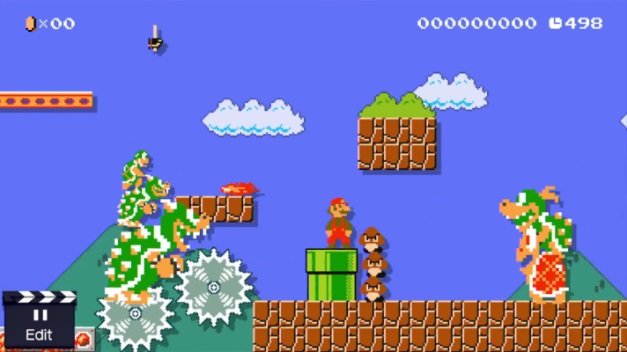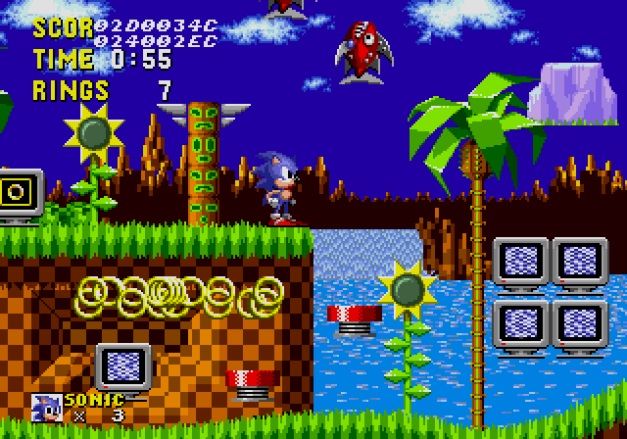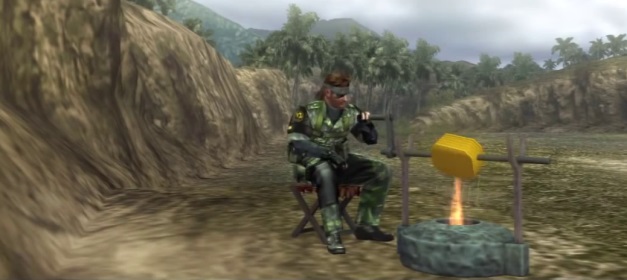Amnesia Fortnight 2014: The Triple-A Game Jam
October 21, 2015 | 20:34 | Written by: snake911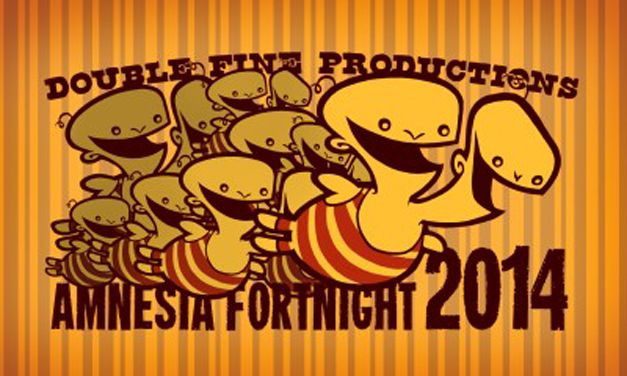
Amnesia Fortnight. Double Fine’s totally awesome two week break where all at the studio stop working on whatever game they’re doing and instead build small prototypes of game ideas that come from fellow DF employees.
Similar to the previous AF in 2012, this one was open to the public so we can witness what goes into developing these prototypes. With assistance by 2 Player Productions, AF was documented, interviewing all who was involved during the two week process, including artists, animators, programmers, special effects artists, audio engineers, etc. Everyone recorded their pitch for an idea for a game and placed them online for the public to view and vote for. The ones with the most votes would be selected for having a prototype built, with the person whose pitch won acting as the project lead.

With four prototypes built during AF, three were ideas coming from DF employees while the fourth was reserved for a very special guest: Pendleton Ward, who is the creator of the animated TV series Adventure Time. For Pendleton, he pitched four ideas for the public to vote from. The winning one would have a prototype built for it. In addition he would also be assigned as project lead for the team that was assigned to his prototype.
Not long after voting came to a close they announced the top three finalists plus Pen’s project. The top three (in no particular order) were Steed from John Bernhelm (Game Designer), Mnemonic from Derek Brand (Artist), and Dear Leader from Anna Kipnis (Senior Programmer). For Pen, Little Pink Best Buds won. Afterwards, teams were assigned to each prototype, having John, Derek, Anna, and Pendleton taking on the role of team leads.
After watching the documentary (minus the last episode that contains spoilers for some of the stories) I played the prototypes to see what two weeks of highly concentrated creativity resulted in. Personally, I’m totally blown away at how much these small teams can do in in that short of a time frame. I guess it goes to show how well versed everyone is with their jobs and Tim Shafer having a keen eye on noticing potential creativity and hiring those people who come from all aspects of games development (like programmers, animators, writers, audio engineers, etc.). Okay, let’s get to the prototypes.
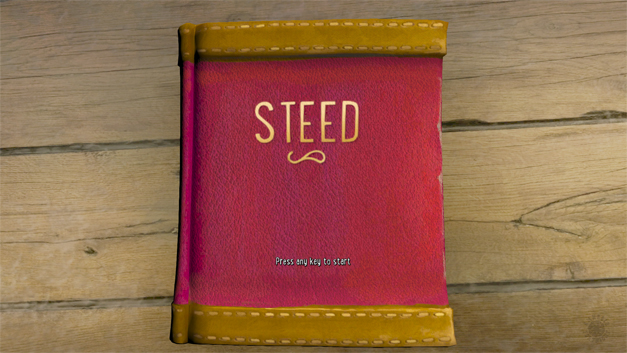
Flipping the script, Steed has the player not controlling the rider of the horse, but instead taking the role of the horse! Boom! Mind blown.
These two roles remind me of question that was mentioned in the manga Bleach. Ichigo was battling his inner hollow -- a sort of demonic venison of himself whom Ichigo gains skills and powers from -- when during the fight, the hollow Ichigo asks him a question. “What’s the difference between a king and the horse he rides? Is it shape, ability, strength? ...How do they decide which of them will be the king and lead them into battle and which will lend its strength to the other, like a horse?” For the story of Steed, it seems like it’s the horse that has taken the role as king. Either that or I’m reading too deeply into what Steed is about.
Because you’re not playing as the rider, the controls are fine tuned for the horse, which has an impact on movement and attacks. But especially for attacking as there is a move where you can bump the rider upwards into accidently execute a spell.
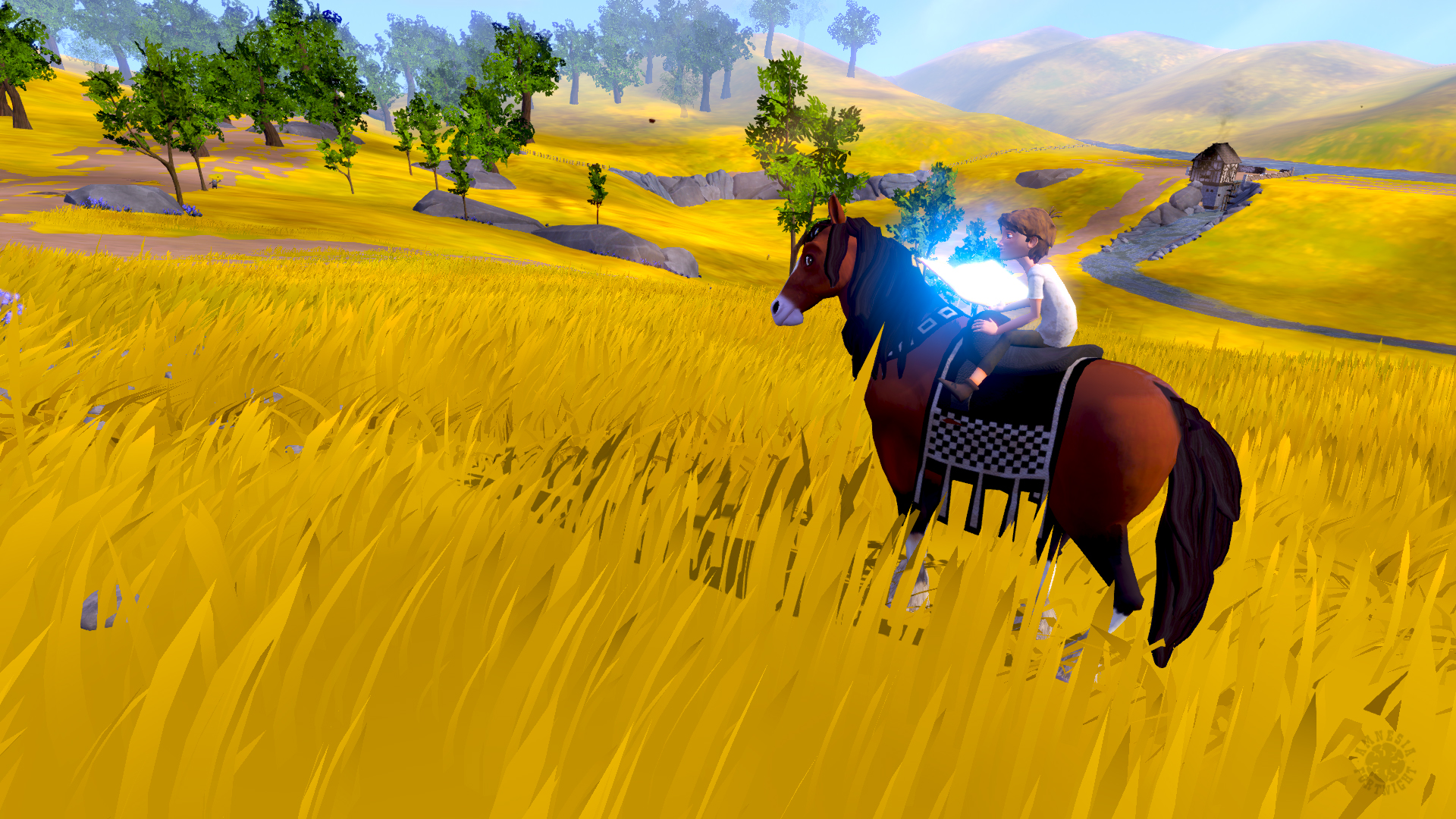 By the way, they both have names. The horse is Bell and the rider is a boy named Twig. There is a short story with a few scenes to get things setup, but it ends with the ability to explore the fairly large world and gallop around to your hearts content; which looks absolutely gorgeous. I love how the clouds in the sky tend to eclipse the sun from time-to-time, dimming the light and where you can even see the cloud’s shadow slowly roll across the hills.
By the way, they both have names. The horse is Bell and the rider is a boy named Twig. There is a short story with a few scenes to get things setup, but it ends with the ability to explore the fairly large world and gallop around to your hearts content; which looks absolutely gorgeous. I love how the clouds in the sky tend to eclipse the sun from time-to-time, dimming the light and where you can even see the cloud’s shadow slowly roll across the hills.
From the documentary, the prototype has inspirations from the movie Tangled for how the characters look, and from the game Shadow of the Colossus for the gameplay and camera angles. The team for Steed seemed to be the one that coasted fairly well throughout AF to where they had time to even add a few easter eggs. I found them and thought they were pretty hilarious.

Of all the prototypes, this is the one I wanted to see the most. Its original pitch tells of a story focusing on the death of the woman you loved. Your memories are the clue to solving this. Unfortunately your head is foggy and can’t remember the details (did something happen to you too?), so you have to retrace your steps starting with the one memory that sticks out the most: the location of where she was murdered.
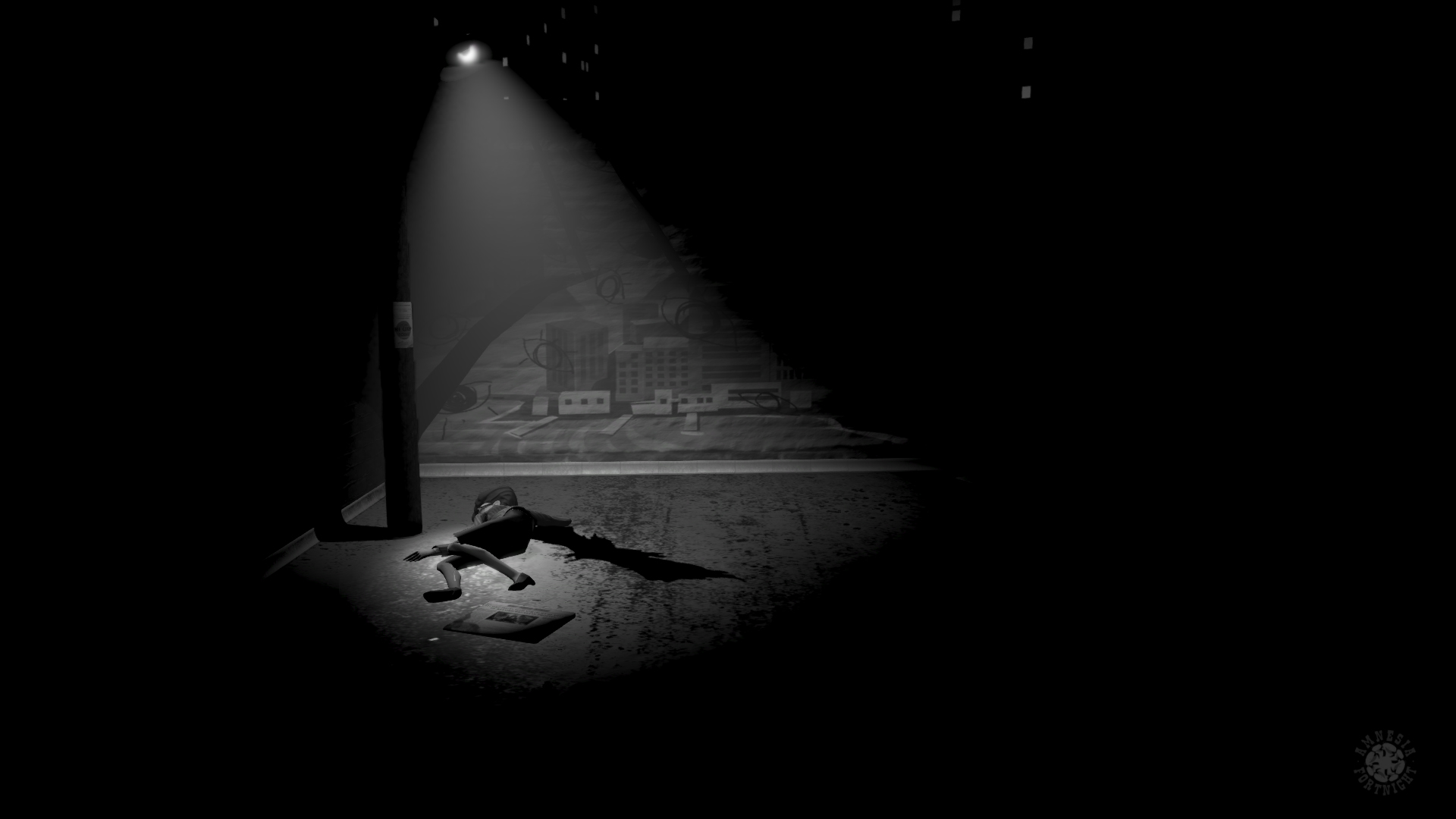 Having the look of a noir film, the game is in black and white and takes place during the 1940s. Lighting and shadows help with the metaphor of having parts of your memories having fuzzy spots. Solving puzzles will light up certain areas to regain some of those lost fragments.
Having the look of a noir film, the game is in black and white and takes place during the 1940s. Lighting and shadows help with the metaphor of having parts of your memories having fuzzy spots. Solving puzzles will light up certain areas to regain some of those lost fragments.
It’s a surreal experience as you are dipping in and out of memories, gathering items to solve puzzles and reading clues in figuring out what may have happened. You begin in a dark room where the only source of light is focused on a door. Behind the door leads to one of your memories. As you regain more of what you remembered, another door with unique characteristics is lit in the room, allowing you access to another memory.
I was very pleased with the Mnemonic prototype. Its story kept me interested with it and propelled me forward. The puzzles were interesting and fit well into the world. I would so love it if Double Fine went forward with Mnemonic to fully flesh out the story and the gameplay like they did with other prototypes like Costume Quest and Hack 'n' Slash.

Unlike the other prototypes, this one is not in 3D. It’s all 2D, baby! With Dear Leader, you are the new ruler of a country that just got out of a civil war. Your side -- the revolutionists -- won the war and threw out the old regime and executed the Tsar. Now you are tasked by sitting behind a desk, approving decisions given from your advisors that will shape your country’s future…hopefully for the better.
When someone from your cabinet needs your approval for something, they will talk to you via an intercom. Next they will give you a document with some options to pick from. It won’t go forward unless you give approval by brandishing the document with your official stamp. Get ready, though, as there’s a lot of stamping in this game. In fact, all this stamping reminds me a lot of Papers, Please.
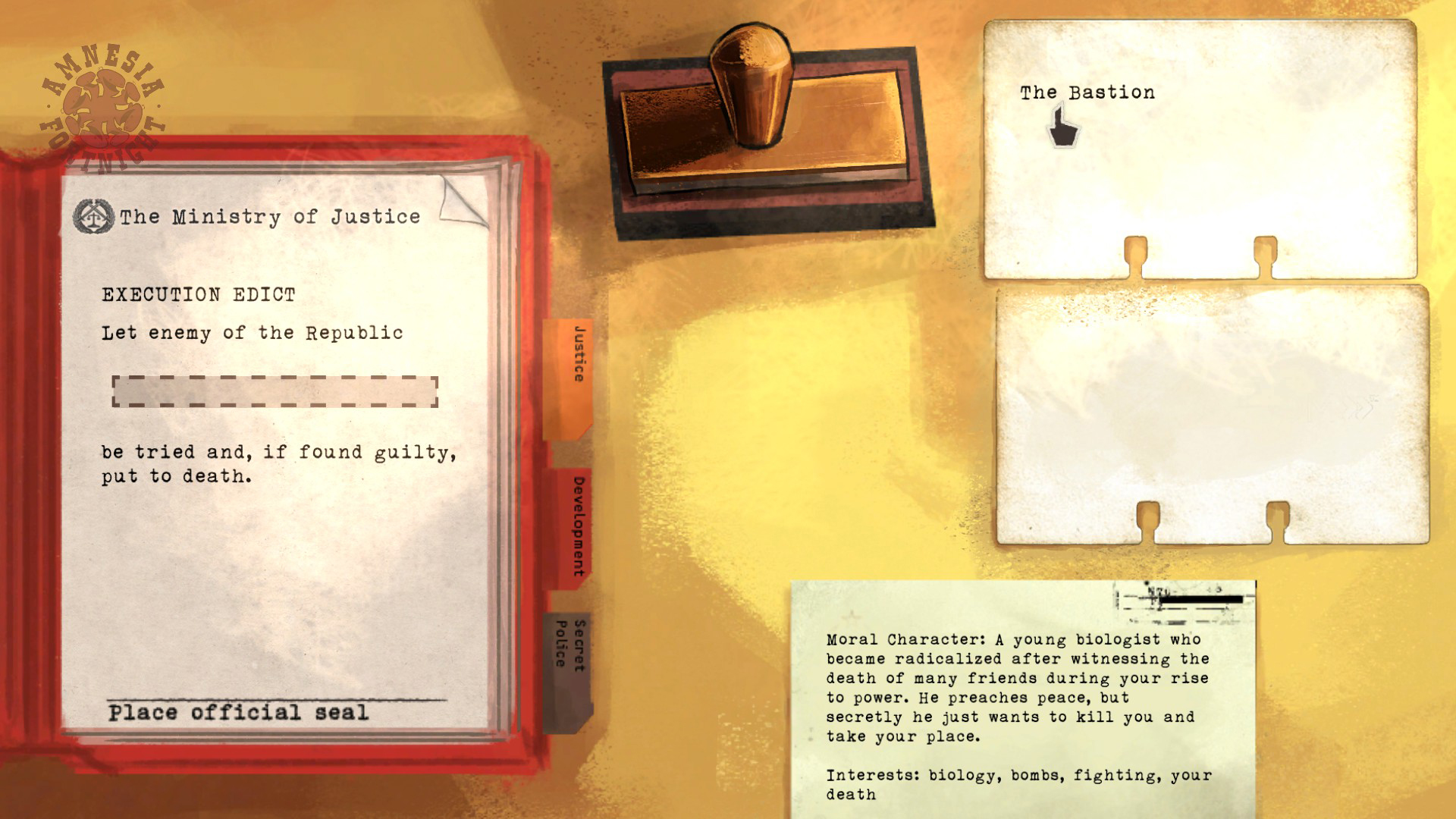 I love what Dear Leader is trying to do, but the prototype doesn’t appear to be fully fleshed out as the choices I was making seemed to leave me at dead ends where the game wouldn’t progress anymore. I was stuck at my desk without anyone calling for more options for me to choose from so the game never moved forward. The only ending I got was a bad one where I was too weak as a leader where another country took the opportunity to invade my country and threw me out of power. The only way I got to that ending was by following every bit of advice I received from my advisors.
I love what Dear Leader is trying to do, but the prototype doesn’t appear to be fully fleshed out as the choices I was making seemed to leave me at dead ends where the game wouldn’t progress anymore. I was stuck at my desk without anyone calling for more options for me to choose from so the game never moved forward. The only ending I got was a bad one where I was too weak as a leader where another country took the opportunity to invade my country and threw me out of power. The only way I got to that ending was by following every bit of advice I received from my advisors.
The take away I got from Dear Leader the most was the art. I loved how everything had a sketchy outline and the zooming in and out of everything on your desk and around the office was a cool effect. The art style was in the same vein as soviet era propaganda posters, so there were a lot of straight lines with shades of red painting the world. The music was amazing by including a number of orchestral tracks that can be heard by turning on the radio which sits on your desk. I can see this game has potential, but the prototype was pretty bare bones in what you can do. If Double Fine were to make this a game, I can only imagine all the cool extras they could allow the player to do in addition to just approving things with a rubber stamp.

It begins with a cutscene from your prospective where you’re being driven to an unknown location. You are in the trunk of a car, seeing other object rattling around. Suddenly the car stops, the trunk opens, and a man wearing a ski mask takes you out. He gets back into the car, drives away, and then the car disappears into thin air, leaving you alone…or so you thought. Soon after he leaves, little pink creatures emerge from over a hill and start grabbing for your attention.
Little Pink Best Buds is an ambitious prototype where you can interact with these pink beings by speaking to them. And by speaking I mean typing in a question or answer and having them respond to it. This is possible because the team is using an engine called ChatScript, which allows developers to have bots process natural language. In this case, written English.
Each of the Pink Buds -- around 17 of them -- has a unique characteristic to separate them from the others (good thing, too, because they all basically look the same) and each is voiced by an employee at Double Fine.
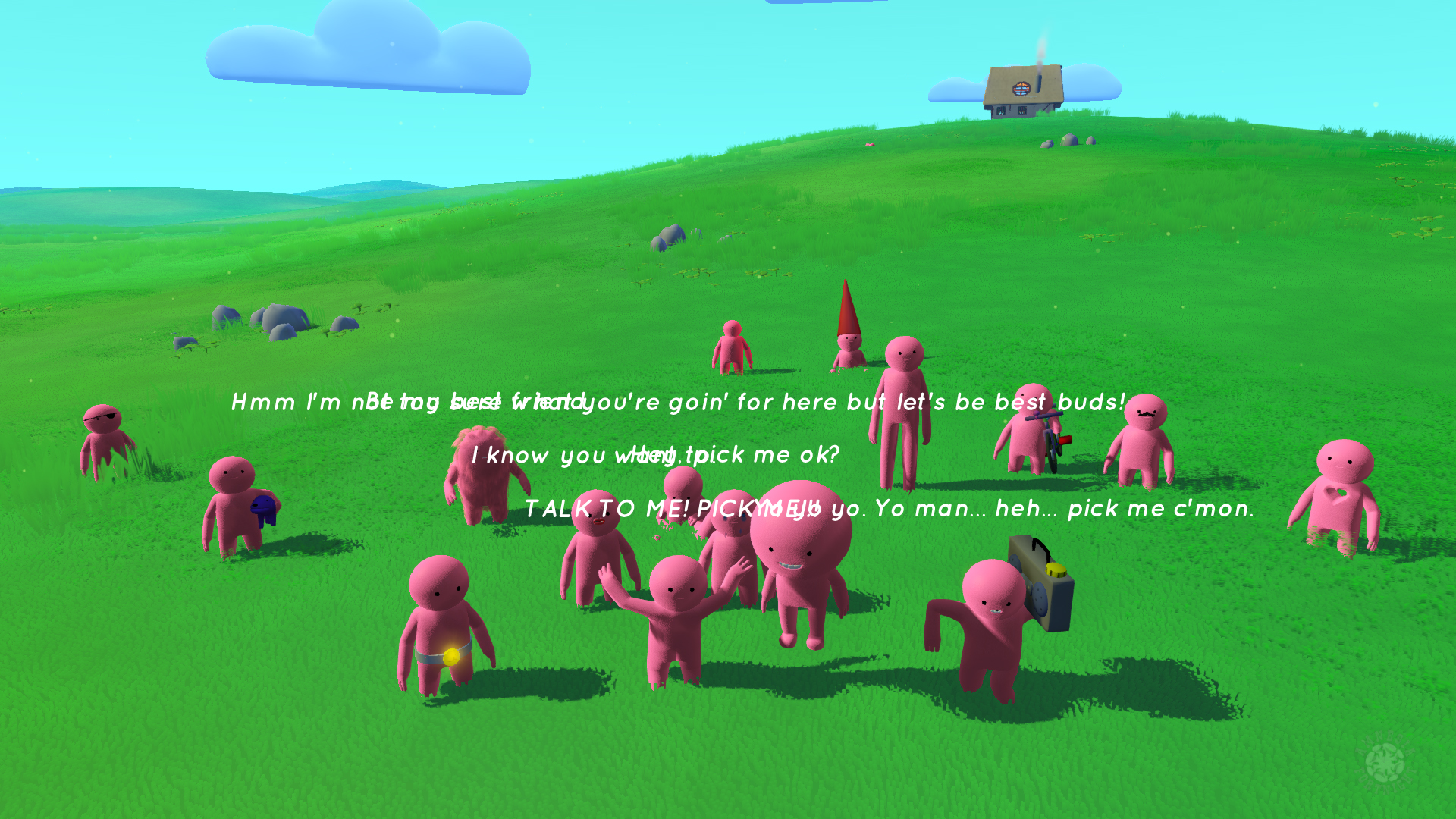 LPBB takes the perspective from first-person, so it has an immersive quality to it. You can see your shadow on the ground and you can interact with the buds by poking them with your finger. When you are close to one, you can talk to it by typing in whatever you want to say. Most have a number of answers to respond with based on what you type in. The prototype is far from being perfect in their responses, but it’s amazing just how much dialog is in this game. In fact, I believe I remember the audio guy saying during the documentary that LPBB has about one-quarter of dialog that was in Broken Age. For a two week prototype, that’s nuts!
LPBB takes the perspective from first-person, so it has an immersive quality to it. You can see your shadow on the ground and you can interact with the buds by poking them with your finger. When you are close to one, you can talk to it by typing in whatever you want to say. Most have a number of answers to respond with based on what you type in. The prototype is far from being perfect in their responses, but it’s amazing just how much dialog is in this game. In fact, I believe I remember the audio guy saying during the documentary that LPBB has about one-quarter of dialog that was in Broken Age. For a two week prototype, that’s nuts!
Unlike Mnemonic, Little Pink Best Buds has an ending, with is satisfying to know and cool because it’s a self-contained prototype, so I guess you can call it a game. A rushed gamed that’s rough around the edges, but a game nonetheless. Although it is tough to complete the game without going online and figuring out what you need to do after a certain point, but it was still fun to play. I don’t wanna spoil anything, but the ending is worth reaching, if you’re interested.
The documentary of Amnesia Fortnight 2014 can be viewed online for free. It was originally placed behind a wall where you had to pay to view it, but it’s now on Double Fine’s YouTube page for all to see, with the exception of the last episode that shows all the teams playing their prototypes, spoiling the stories of some of them along the way.
As for the prototypes, they are available on Humble Bundle, but you need to pay to download them. As for me, back when AF14 was happening, I bought the physical version that includes both the documentary and the prototypes. In case you’re wondering, I don’t think you can buy the physical version anymore, but the link above should get you the prototypes and the documentary.
The physical version comes with three disks with one containing the prototypes (data DVD), the next one containing the documentary (Blu-ray video), and the third one being labeled "Everything Else" (Blu-ray video) which includes all of the pitches, the launch video, each team playing their game and giving commentary, and some interviews.
The disk case for the physical release resembles the case for Amnesia Fortnight 2012 with the wood gain layout on the outside but with the inside incorporating a beautiful collage displaying all four of the prototypes, which I believe was drawn by Lee Petty, an artist at Double Fine. Also included is a card that brandishes the art previously mentioned on one side while back has a URL and a code. After going to that website and punching in the code, I found out that it gives you the links to download the video files for the documentary plus the prototypes.
If you have the faintest bit of interest in seeing how the concept of a game comes to life, crammed into a short two week time frame blossoming from idea to playable prototype, then I highly recommend checking out the documentary on Double Fine’s YouTube page. And if you want to play what you saw in the doc, then throw a few bucks at the Humble Bundle widget to get access to them. It’s been nearly two years since the last Amnesia Fortnight, and I hope they do at least one more that is open for the public to watch before they decide to turn it back into a private event (that is if they ever decide to make it private again). Here’s to Amnesia Fortnight 2015/2016 and…Bad Golf 3!
Permalink - Category: gamesComment



